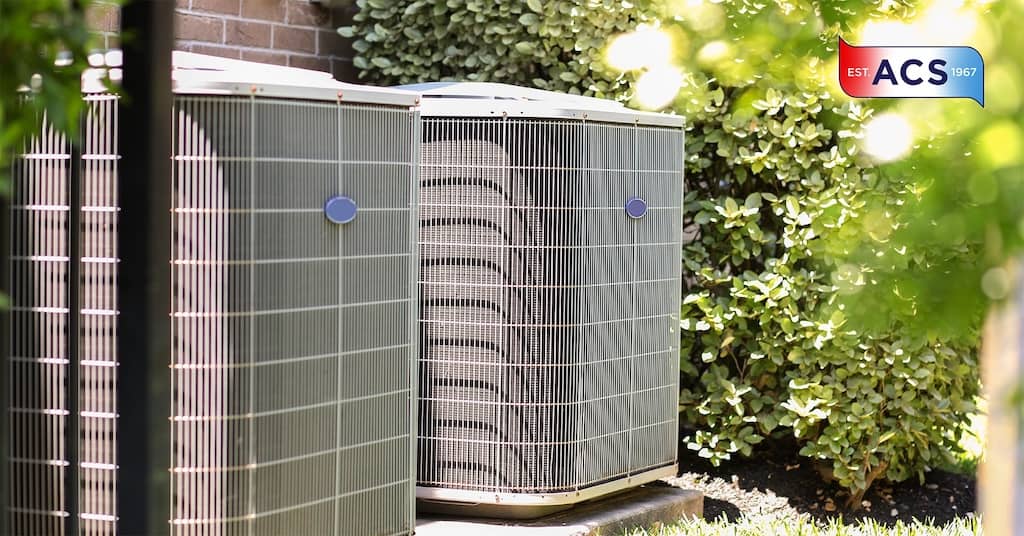The term indoor air quality refers to the air quality within buildings and structures. It especially focuses on how it relates to the health and comfort of building occupants.
There are many factors that can affect indoor air quality, including ventilation, temperature, humidity, light, dust, carbon dioxide levels, and other pollutants. Some of these factors can be controlled by the occupants of a building, while others, such as ventilation, may need to be adjusted by the building’s management.
There are a number of things that occupants of a building can do to improve indoor air quality, including:
Ventilate Regularly
Natural ventilation will help to remove any stale air and replace it with fresh air from outside. Additionally, make sure to avoid using strong cleaning products. Some cleaning products can release harmful chemicals into the air. When possible, choose natural or less-toxic alternatives. And if you need to use a stronger chemical, make sure to open all of the windows to let out the fumes.
Monitor carbon dioxide levels—High levels of carbon dioxide can indicate that there is not enough ventilation. Use a CO2 monitor to keep track of carbon dioxide levels and open windows or doors to let in fresh air if needed.
Keep the Indoor Environment Clean
Dust and dirt can build up over time, so it’s important to regularly dust and wipe down surfaces and vacuum floors and carpets.
Adjust the Humidity
Too much or too little humidity can be uncomfortable and contribute to mold growth and dust mites. Use a humidifier or dehumidifier to maintain a comfortable level of humidity.
By following these tips, you can help to improve the indoor air quality in your home or office and create a more comfortable and healthy environment. If you need additional assistance maintaining your indoor air quality, contact our team!



